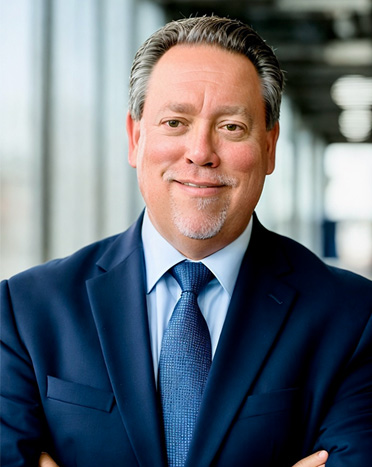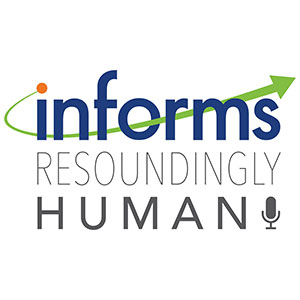
Shot in the arm: Supplies of COVID-19 vaccine expected to surge by early April
North Carolina health officials expect the state to receive as many as 400,000 doses of COVID-19 vaccine per week by the beginning of April — a jump of 175,000 doses made possible by the production of the new Johnson & Johnson one-shot vaccine.















